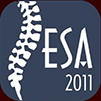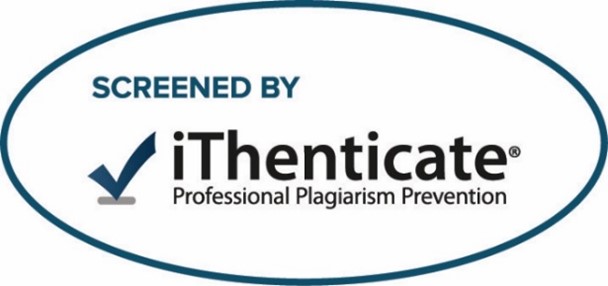Subject Area
Oncology
Article Type
Case Report
Abstract
Background Data: Spinal giant cell tumor (SGCT) is rare, with an incidence of 2%–15% out of GCT in all bones and incidence in the mobile segment of the spine is 2%–4%. Due to high recurrence rates, various available treatment modalities have been explored for the management.
Purpose: We are presenting two cases, thoracic and lumbar giant cell tumors (GCT) with pathological vertebral fractures, treated with subtotal spondylectomy and 360o stabilization following preoperative selective arterial embolization (SAE) without the use of denosumab with no recurrence on follow-up.
Study Design: Case presentation.
Patients and Methods: We present two cases: one thoracic and another lumbar pathological fracture, diagnosed with GCT based on CT scan and MRI appearance and confirmed with histopathology of transpedicular biopsy specimen. Both were managed with preoperative SAE followed by near total spondylectomy through anterior and posterior combined approach and fusion, without denosumab therapy.
Conclusion: Preoperative SAE makes intralesional total excision of tumor easy by reducing hemorrhage. Total intralesional resection of vertebrae through anterior retroperitoneal and posterior approach is associated with satisfactory local control of lesion.
Keywords
spinal giant cell tumor, spinal tumor, spondylectomy, selective arterial embolization, anterior-posterior combined fusion
How to Cite This Article
Hadgaonkar, Shailesh; Situt, Nishad V; Bhilare, Pramod D; and Sancheti, Parag K
(2023)
"Giant Cell Tumours of Dorsal and Lumbar Spine: Management With 360 Degree Fusion,"
Advanced Spine Journal: Vol. 42
:
Iss.
1
, Article 2.
Available at: https://doi.org/10.57055/2974-4822.1281
EGYSPINEJ-D-23-00015.xml (8 kB)
GCT Title page.docx (13 kB)
Fig 1.tif (8117 kB)
Fig 2.tif (4778 kB)
Fig 3.tif (7958 kB)
Fig 4.tif (4413 kB)
Fig 5.tif (3689 kB)
Fig 6.tif (8831 kB)
Fig 7.tif (4986 kB)




















